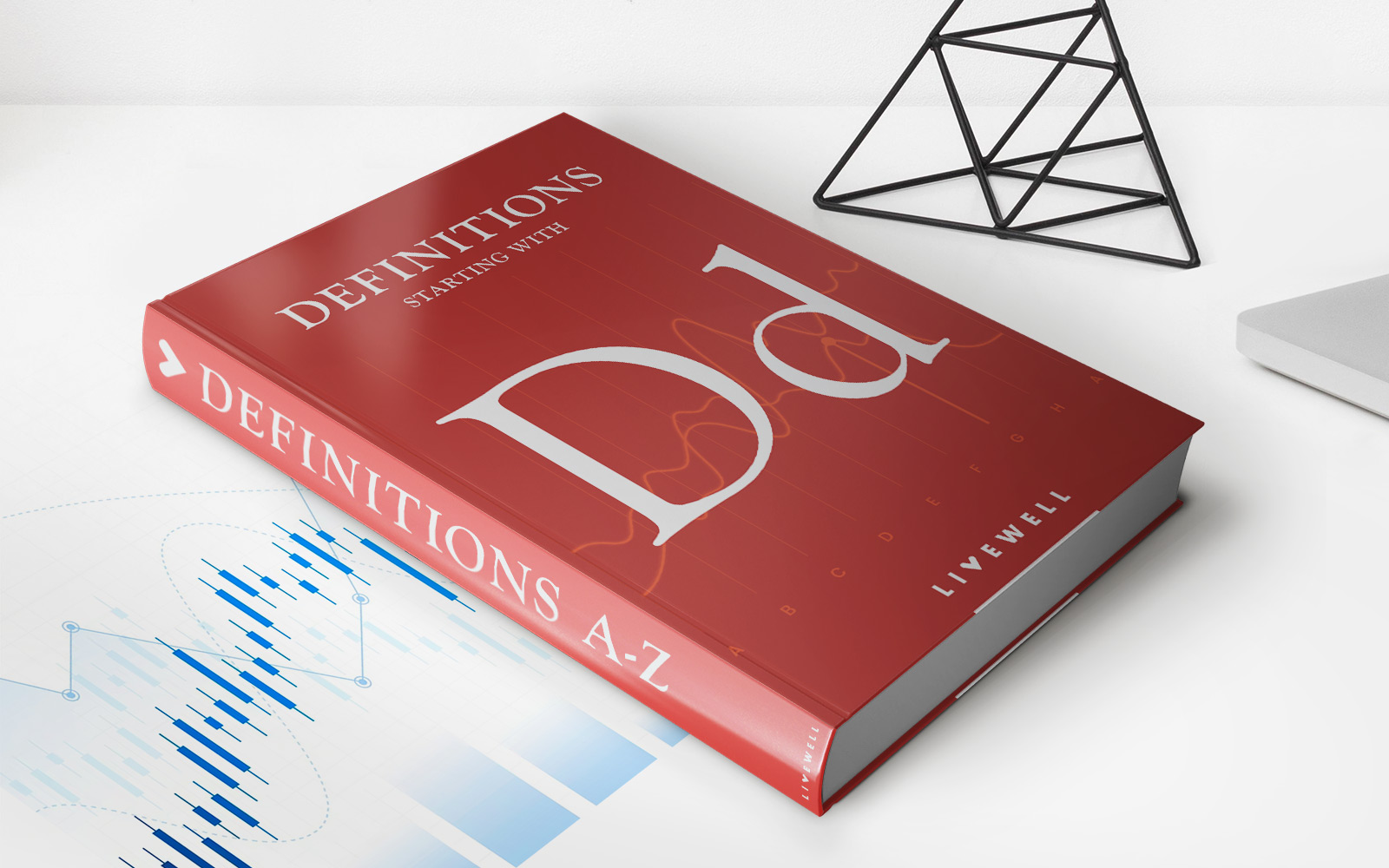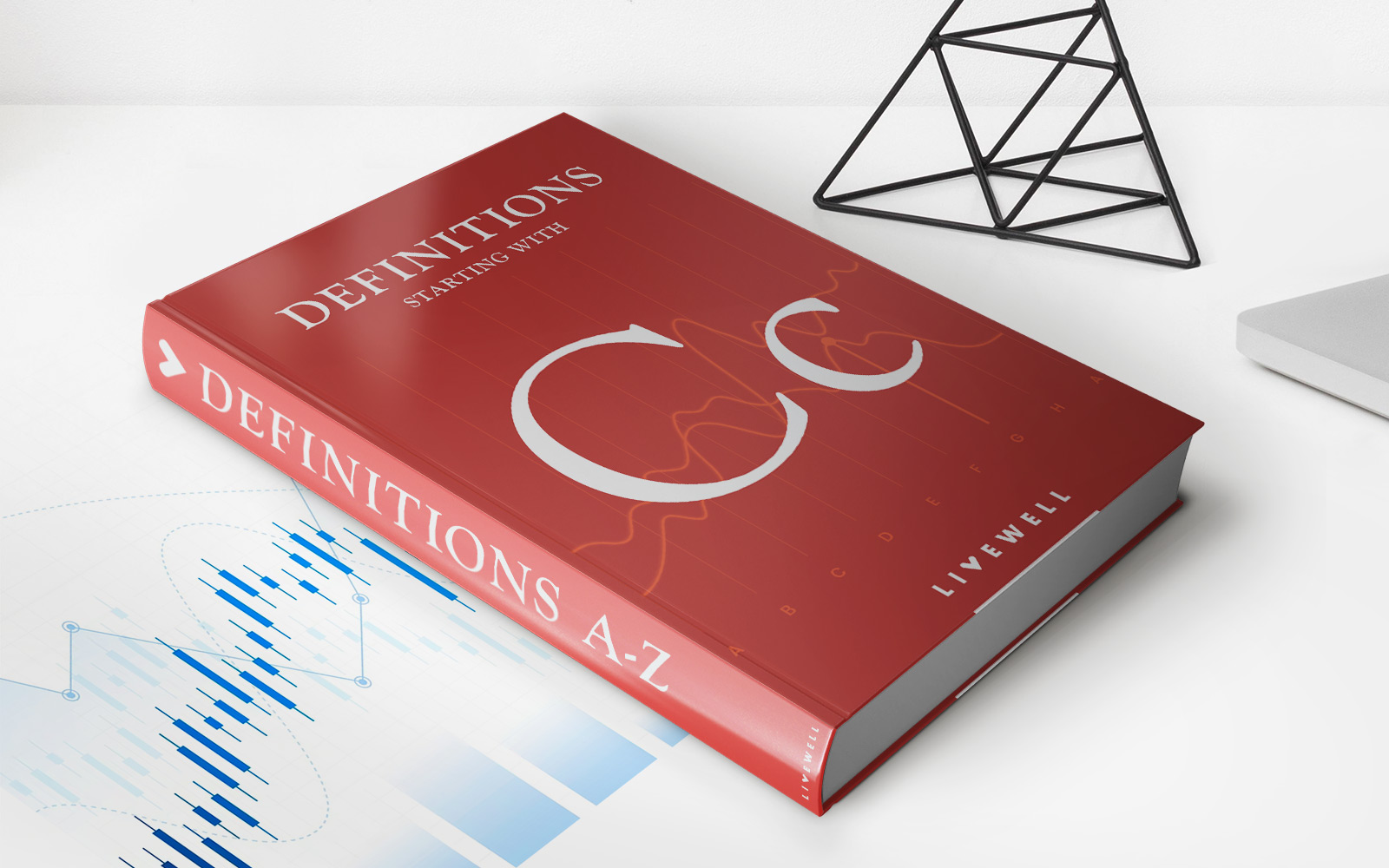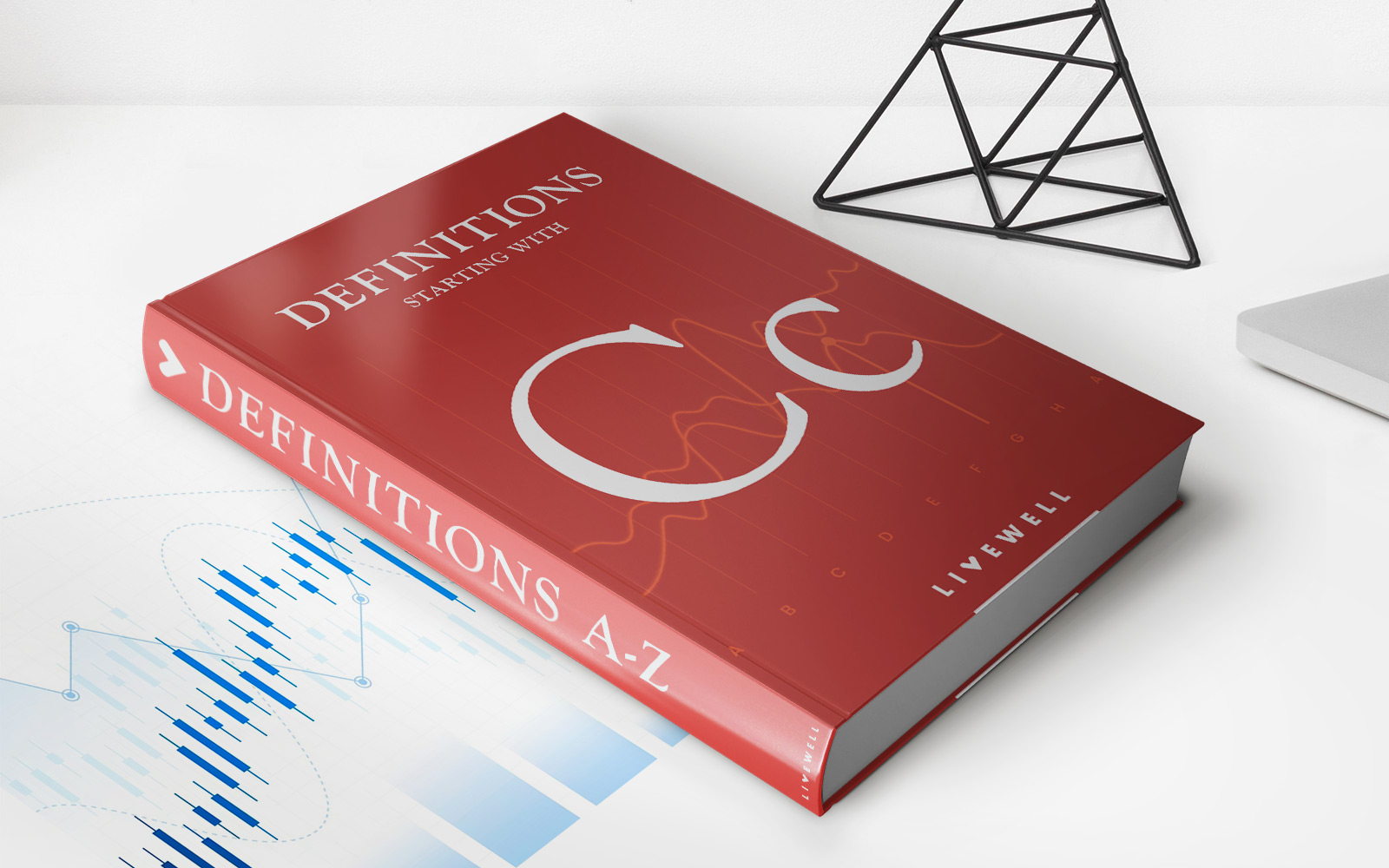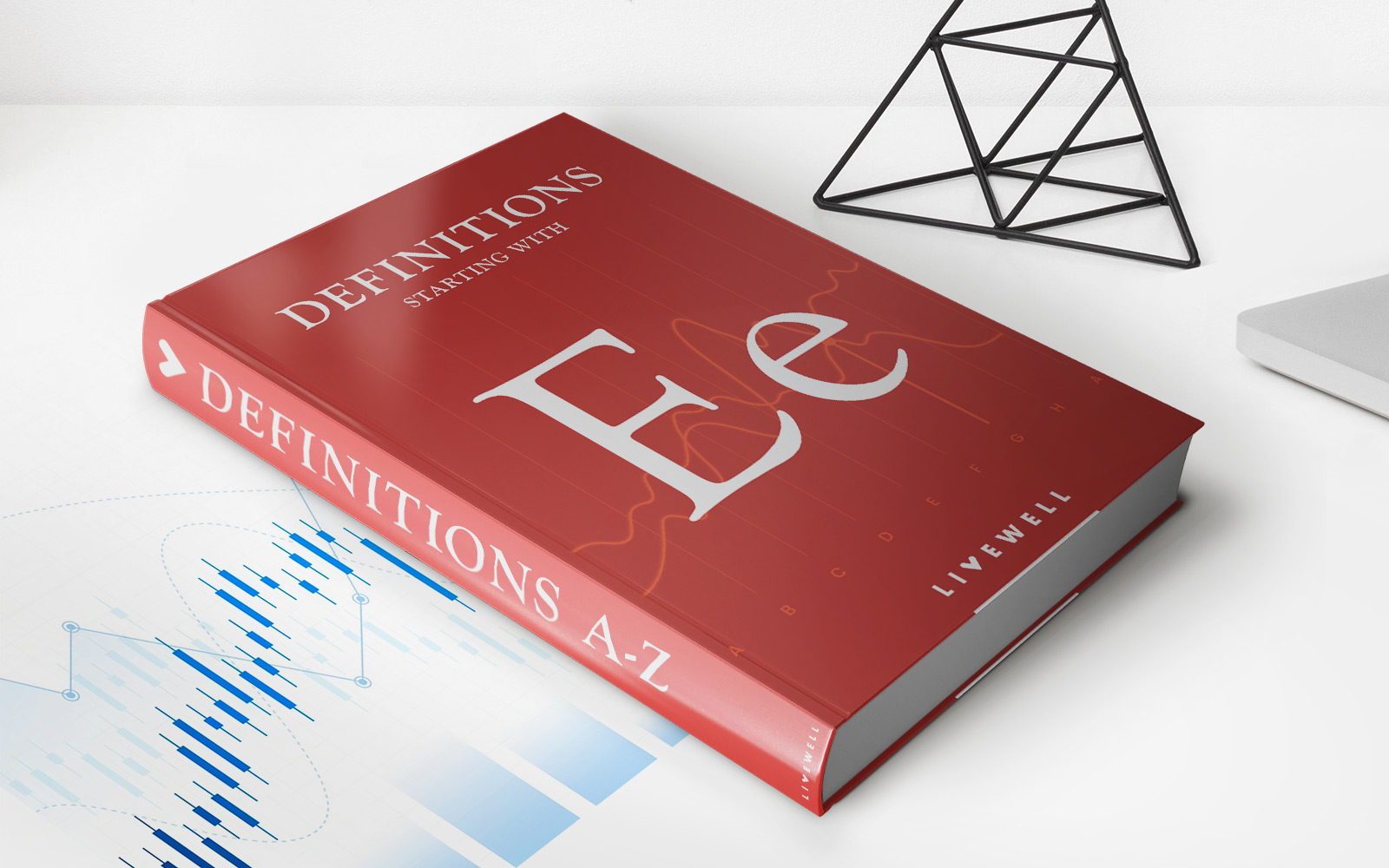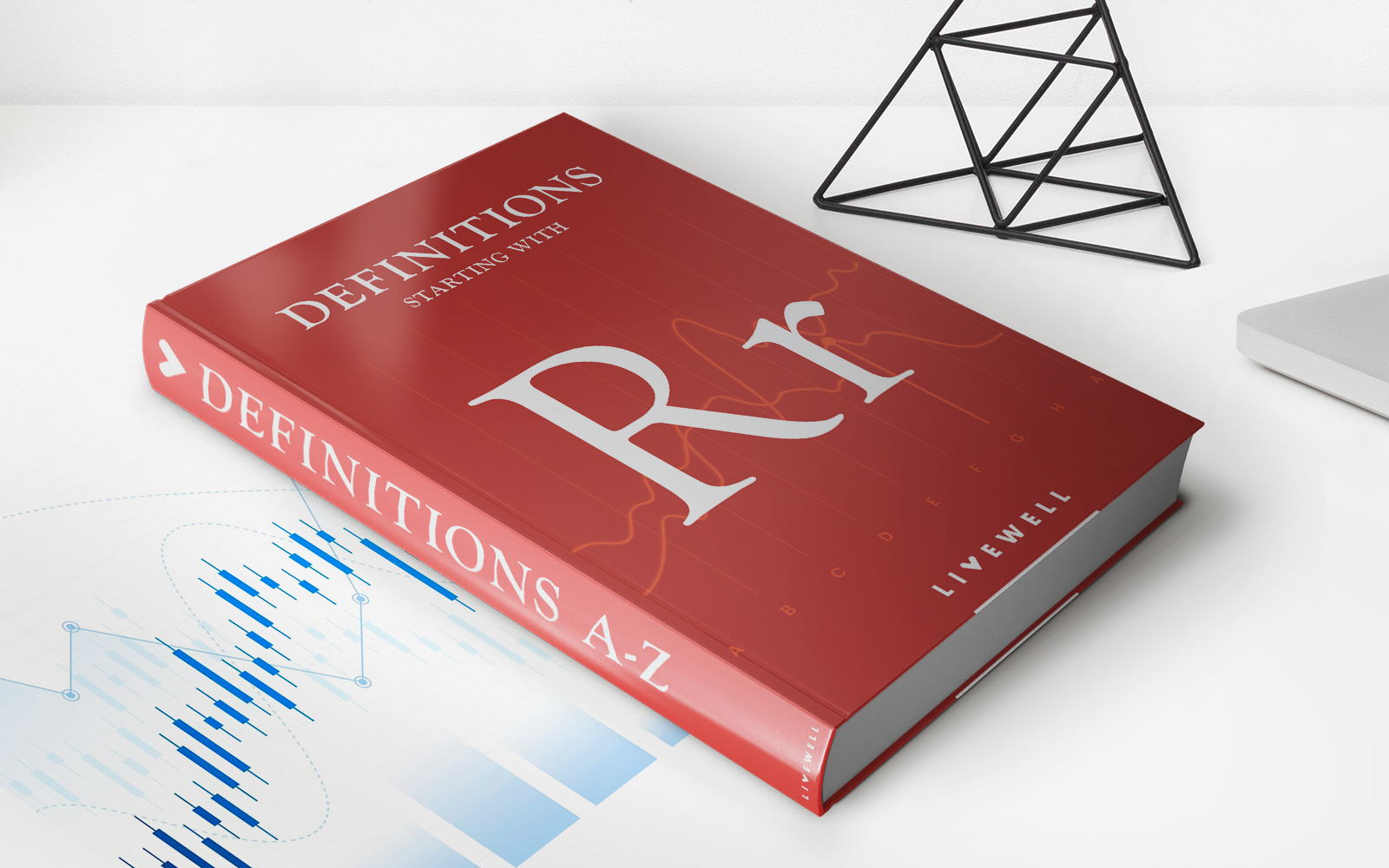Home>Finance>DeMarker Indicator (DeM) Definition, Validity & Trading Strategy


Finance
DeMarker Indicator (DeM) Definition, Validity & Trading Strategy
Published: November 10, 2023
Learn about the DeMarker Indicator (DeM) in finance, its definition, validity, and how to use it as a trading strategy.
(Many of the links in this article redirect to a specific reviewed product. Your purchase of these products through affiliate links helps to generate commission for LiveWell, at no extra cost. Learn more)
DeMarker Indicator (DeM): Definition, Validity & Trading Strategy
Welcome to the Finance category on our page! In this blog post, we will be exploring the DeMarker Indicator (DeM) – a popular technical analysis tool used by traders to identify overbought and oversold conditions in the market. By the end of this article, you will have a clear understanding of what the DeM indicator is, its validity, and how you can use it in your trading strategy.
Key Takeaways:
- The DeMarker Indicator (DeM) helps traders identify overbought and oversold conditions in the market.
- It is a momentum oscillator that compares the most recent price range to the previous price range to determine the strength of the current trend.
What is the DeMarker Indicator (DeM)?
The DeMarker Indicator (DeM) is a technical analysis tool created by Tom DeMark. It is classified as a momentum oscillator and is used to identify overbought and oversold conditions in the market. The DeM indicator compares the most recent price range to the previous price range and calculates a ratio between them. This ratio is then used to determine the strength of the current trend.
The DeM indicator ranges between 0 and 1. A value of 0 indicates that the price is at its lowest point, while a value of 1 indicates that the price is at its highest point. Traders generally consider values above 0.7 as overbought conditions and values below 0.3 as oversold conditions.
Validity of the DeMarker Indicator (DeM)
The validity of any technical indicator is a topic of debate among traders. The DeM indicator, like any other tool, should not be used in isolation but rather in conjunction with other technical analysis tools. It is important to consider other factors such as trend analysis, volume, and support/resistance levels while interpreting the signals generated by the DeM indicator.
While the DeM indicator is widely used and respected by traders, it is crucial to remember that no indicator can guarantee a 100% accurate prediction of future price movements. It is always advisable to use the DeM indicator in combination with other tools and indicators to increase the probability of accurate market analysis.
Trading Strategy with the DeMarker Indicator (DeM)
Now that we have covered the definition and validity of the DeM indicator, let’s explore how you can incorporate it into your trading strategy. Here is a simple step-by-step approach:
- Identify overbought and oversold conditions: Monitor the DeM indicator and look for values above 0.7 for potential overbought conditions and values below 0.3 for potential oversold conditions.
- Confirm with other indicators: Use other technical analysis tools such as moving averages, trend lines, or volume to confirm the signals generated by the DeM indicator.
- Plan your entry and exit: Once you have identified an overbought or oversold condition, plan your entry and exit points accordingly. Consider using stop-loss orders to limit potential losses.
- Review and adjust: Regularly review and adjust your trading strategy based on market conditions and the effectiveness of the DeM indicator in your trades.
Remember, trading involves risks, and no strategy is foolproof. It is always a good idea to practice risk management and consider your personal financial situation before making any trading decisions.
Conclusion
The DeMarker Indicator (DeM) is a useful tool for traders looking to identify overbought and oversold conditions in the market. It can help you make more informed trading decisions when used in conjunction with other technical analysis tools. However, like any indicator, it is not infallible and should be used in combination with other indicators and risk management techniques for successful trading.
We hope this blog post has provided you with valuable insights into the DeM indicator and its role in trading. Remember to conduct thorough research, develop a robust trading plan, and practice risk management to increase your chances of success in the financial markets.


